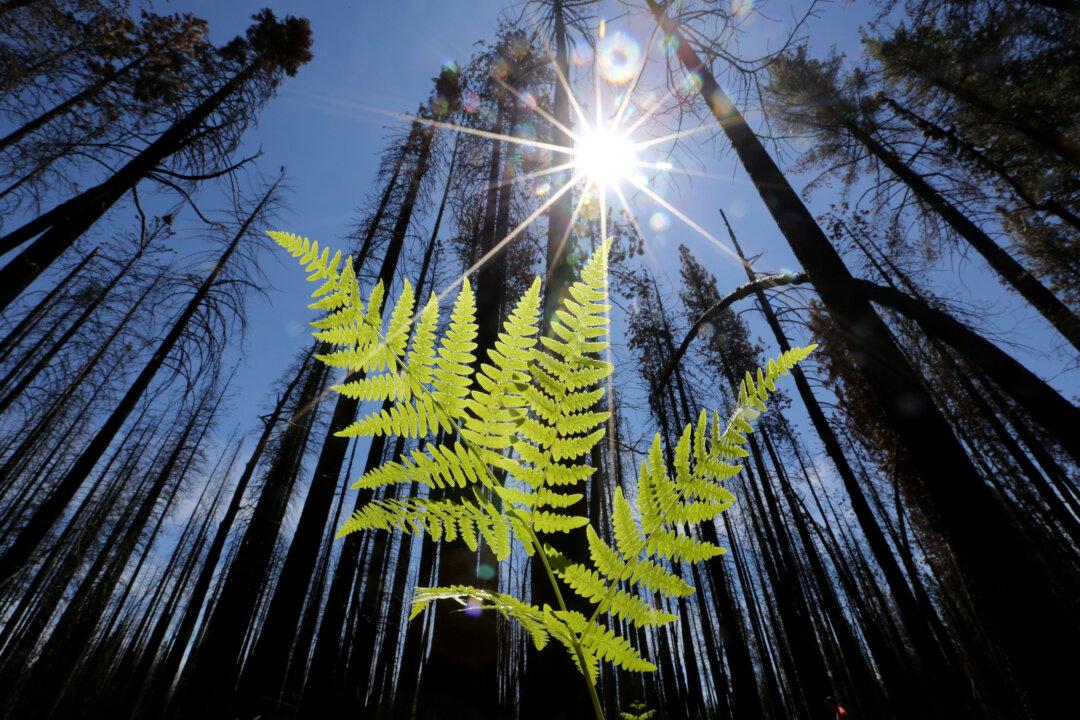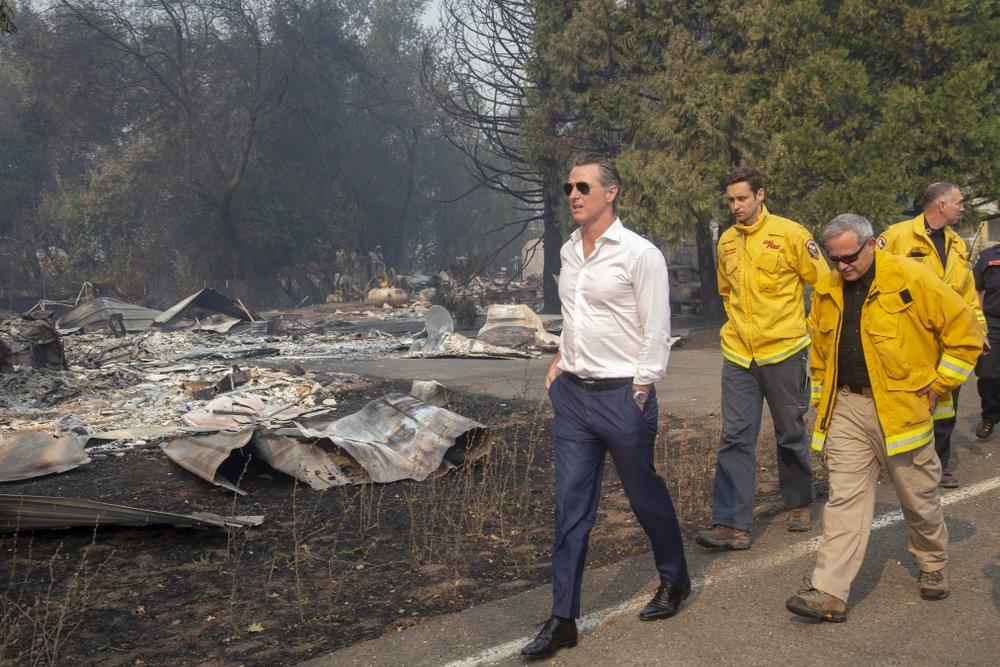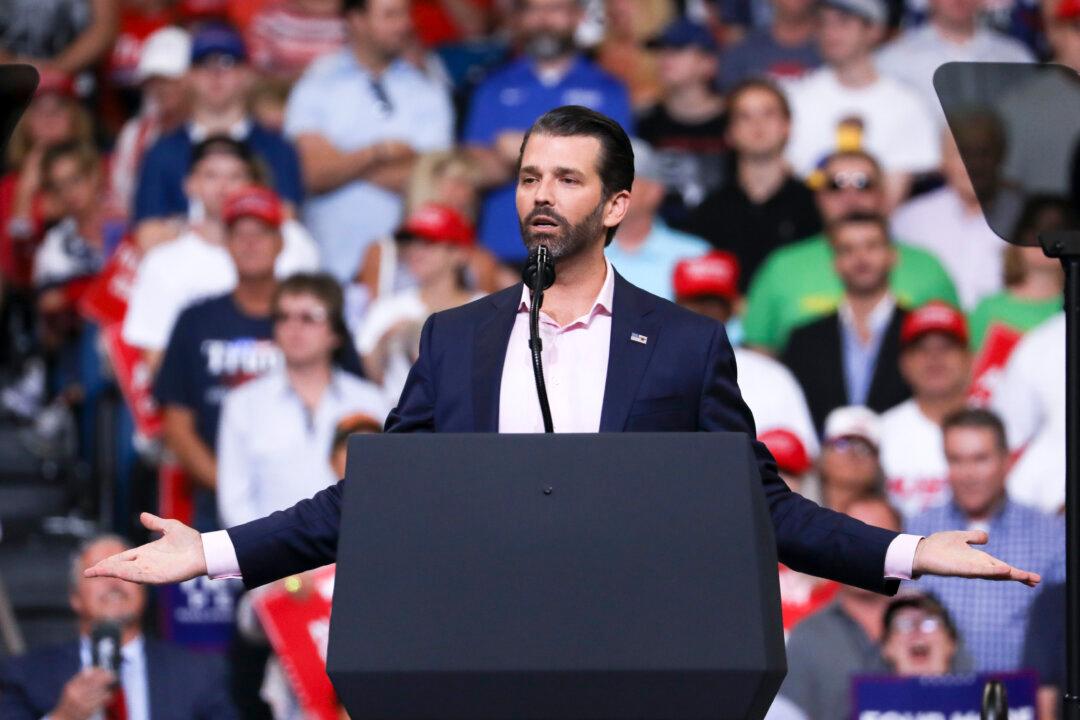President Donald Trump signed an executive order (EO) Oct. 13 to formally establish an interagency council for the One Trillion Trees Initiative. The World Economic Forum’s ambitious plan aims to unite governments, nongovernmental organizations, individuals, and businesses globally in planting and conserving 1 trillion trees by 2030.
“President Trump has boldly led on many conservation initiatives, including the One Trillion Trees Initiative,” said U.S. Secretary of the Interior David Bernhardt in a statement. Bernhardt is named in the order as co-chair of the council, along with U.S. Secretary of Agriculture, Sonny Perdue.





